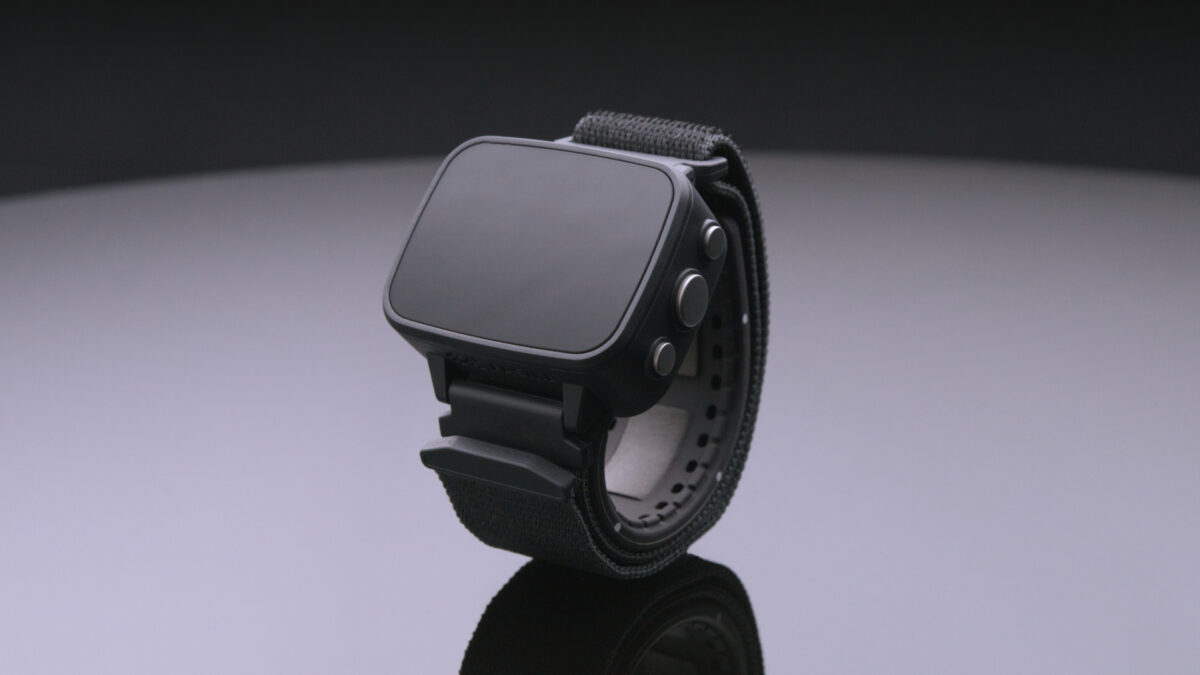For patients with glaucoma, self-administering their prescription eye drops on a daily basis can be burdensome. To help patients better adhere to their glaucoma treatments, researchers from the UC Davis Medical Center Glaucoma Service have developed a drug-dispensing eye insert that slowly releases medication.
This medicated silicone ring sits on the surface of the eyeball, and acts as an effective replacement to conventionally-administered eye drops. In a study of the device – the results of which were published in the journal, Ophthalmology – the eye insert reduced intraocular pressure in glaucoma patients by approximately 20 percent over a six month period.
Glaucoma is one of the most common causes of blindness, despite the availability of effective therapies used to manage the disease. It’s estimated that almost three million people in the US have the condition, which is often associated with heightened intraocular pressure.
While medicated eye drops are available which lower intraocular pressure and help prevent optic nerve damage, previous studies have shown that patients do not always take the medication as prescribed. Physical limitations like arthritis, as well as other factors such as forgetfulness, contribute to the statistic that half of all patients stop taking the eye drops after one year of use – potentially increasing their risk of blindness.
The thin silicone ring could help improve medication adherence by utilizing a novel drug delivery method. While the eye insert is fitted by an ophthalmologist, it does not require surgery. The ring should be replaced on a biannual basis, and completely eliminates the need for daily self-administration of eye drops.
The device was tested in patients with glaucoma or ocular hypertension, at 10 sites across the US in a Phase II clinical trial. In all, 64 patients were fitted with the ocular insert containing the drug bimatoprost, and 66 patients in the control group received an implant without the drug. Control participants were given 0.5 percent timolol drops, which is the regulatory benchmark for glaucoma drugs.
Patients with the bimatoprost-suffused device showed eye pressure decreases between 3.2 to 6.4 mmHg over six months, compared to 4.2 to 6.4 mmHG for the timolol drops group. Overall, the group fitted with the bimatoprost ring showed a 20 percent decrease in intraocular pressure over six months.
“In making effective treatments easier for patients, the hope is that we can reduce vision loss from glaucoma, and possibly other diseases,” said Dr. James D. Brandt, director of the UC Davis Medical Center Glaucoma Service. “What is exciting is that this is just one of several sustained-release drug delivery methods designed to help patients who have trouble taking daily eye drops.”
According to the study investigators, the ring was safe and well-tolerated, with an 89 percent retention rate for both the treatment and control groups, after six months. Though the ring became dislodged in 15 of the patients, the device was replaced to allow continuation of the therapy.
A Phase III study of a larger group of patients is expected to commence later this year. The drug delivery device could also be used to administer other eye medications, including those for allergies, inflammation and dry eye.












Join or login to leave a comment
JOIN LOGIN